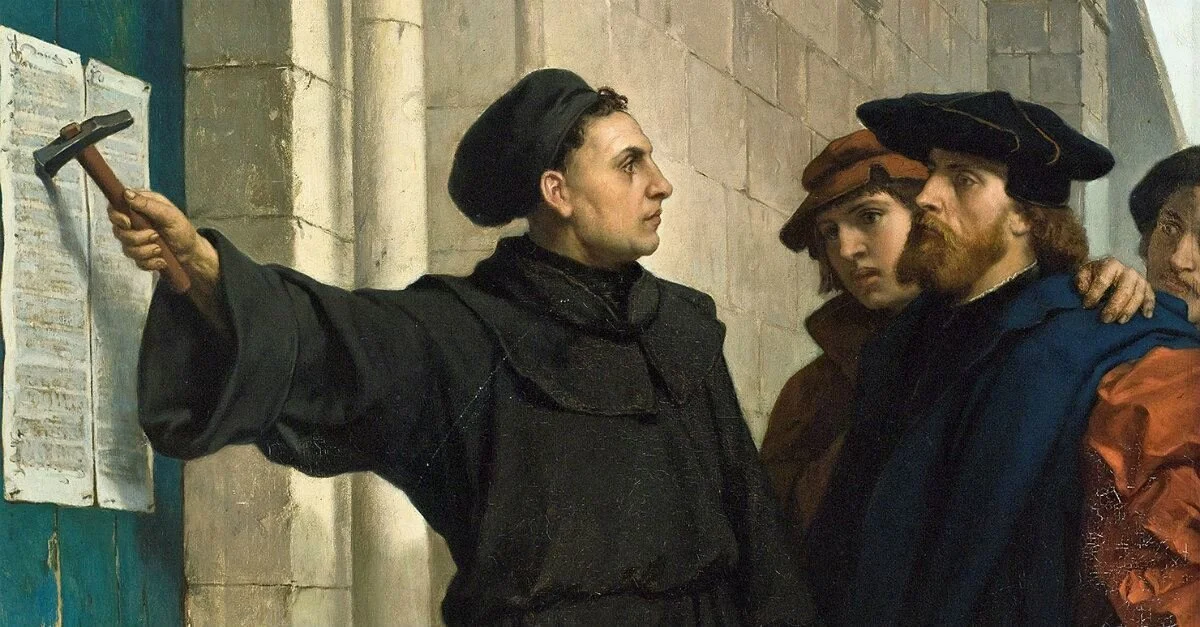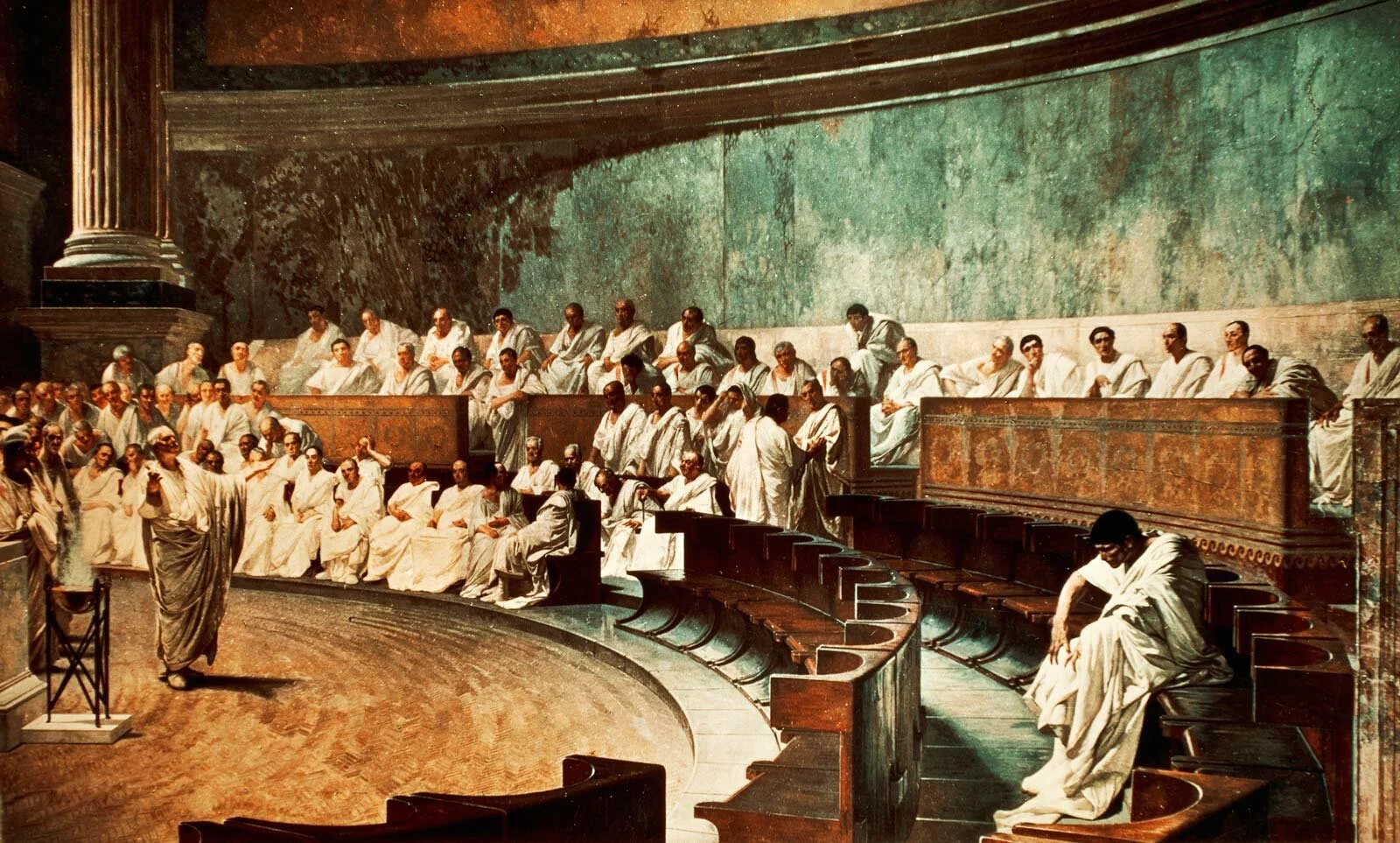The Printing Press
Tax funded education is dying in the USA.
The government closure of schools because of the Coronavirus has led to a renewed interest in education. Parents now have to think of how their children could be educated without the government’s guidance, should high schools and colleges stay closed.
There will be a renaissance in education because of the internet.
Today people have access to the knowledge of the Library of Alexandria in the cell phone in their hands. They just need to know where to look.
Free online education, such as the Khan Academy and the Ludwig von Mises Institute exist. Affordable education also exists for those who use either Doctor Ron Paul’s homeschooling curriculum or author Tom Woods’s Liberty Classroom.[1][2][3][4]
The ability to instantly communicate with anyone in the world has led to the loss of influence of television news and news papers. Just as video killed the radio star, podcasts and social media are killing the TV star.[5]
Something similar happened in Europe with the printing press at the end of the Middle Ages.
From the fall of the Western Roman Empire with the sack of Rome in 476 to the fall of the Eastern Roman Empire with the sack of New Rome (Constantinople) in 1453, educated Westerners read and wrote in Latin.
The Roman Catholic Church preserved Latin scholarship. Their copies of books were used as the basis for education in universities that lit up the Dark Ages after the fall of Rome.[6]
The Germanic tribes which conquered the Western Empire gradually adopted Roman culture so that the Latin language spread beyond the frontiers of the Roman Empire to define what is known as Western Europe.
As literacy increased, a Renaissance in productivity, trade, and Roman culture emerged and spread to the whole of Latin Europe.[7]
However, few knew enough Latin or could afford the price of a book.
Then Gutenburg created his printing press in 1440 and drastically reduced the cost of publishing or purchasing a book or pamphlet. As a result, even more people in the middle class could afford a Bible or other book, but only for those who could read Latin.[8]
The Bible was eventually printed in the common tongues of Western Europe using the Latin alphabet, so anyone who could learn the Latin alphabet could read in their own language. People no longer needed someone who could speak Latin to understand the Bible.
Eventually, increased literacy combined with corruption in the Roman Catholic Church eroded the influence of the Church and led to the Protestant Reformation, beginning in 1517 with Martin Luther’s 95 Theses.[9]
According to Britannica,
“Luther originally had no intention of breaking from the Catholic church, assuming that his call for theological and ecclesiastical reform would be heard, and ordinarily his theses would have been of interest only to professional theologians. However, various political and religious situations of the time, and the fact that printing had been invented, combined to make the theses known throughout Germany within a few weeks.”[10]
Today, the internet is doing the same thing to the power of governments around the world.
Today, we are living in our own Renaissance.
Unfortunately, the Great Depression we are also living through will educate people the hard way as to why using a printing press for money leads to ruin.[11]
“Lenin was certainly right. There is no subtler, no surer means of overturning the existing basis of society than to debauch the currency. The process engages all the hidden forces of economic law on the side of destruction, and does it in a manner which not one man in a million is able to diagnose." -John Maynard Keynes, The Economic Consequences of the Peace, Chapter VI pg 236
[1] https://www.khanacademy.org/
[3]https://www.ronpaulcurriculum.com/public/main.cfm
[4] https://libertyclassroom.com/
[7] Murray Rothbard, Economic Thought Before Adam Smith, Pg. 37 https://cdn.mises.org/Austrian%20Perspective%20on%20the%20History%20of%20Economic%20Thought_1_Economic%20Thought%20Before%20Adam%20Smith.pdf
“The High Middle Ages were established by the commercial revolution of the eleventh to thirteenth centuries, in which trade, production and finance flourished, living standards rose markedly, and the institutions of commercial capitalism developed in western Europe. With the advent of economic growth and prosperity, canon and Roman law, learning and social thought, also began to flourish once again.
The fountainhead and great centre of both canon and Roman law studies during the High Middle Ages was the University of Bologna, in Italy, flour- ishing from the early twelfth century to the latter part of the thirteenth. During those two centuries, both canon and Roman law, including the Justinian Code, were revived at Bologna, influenced each other, and penetrated to the rest of western Europe.”
[8]https://www.history.com/.amp/topics/inventions/printing-press
[9] Murray Rothbard, Economic Thought Before Adam Smith, Pg. 131 https://cdn.mises.org/Austrian%20Perspective%20on%20the%20History%20of%20Economic%20Thought_1_Economic%20Thought%20Before%20Adam%20Smith.pdf
“In the Middle Ages, only Italian authors wrote, from time to time, in Italian as well as Latin. But the Protestant Reformation gave tremendous impetus toward the abandonment of Latin, since Protestants felt it vital for the Chris- tian masses to read and study the Bible in language they could understand. Martin Luther's famous translation of the Bible into German, in the sixteenth century, inspired a rapid change towards writing in the national language.”
[10]https://www.britannica.com/event/Ninety-five-Theses
[11] https://www.hamiltonmobley.com/blog/interest-rates-and-inflation





